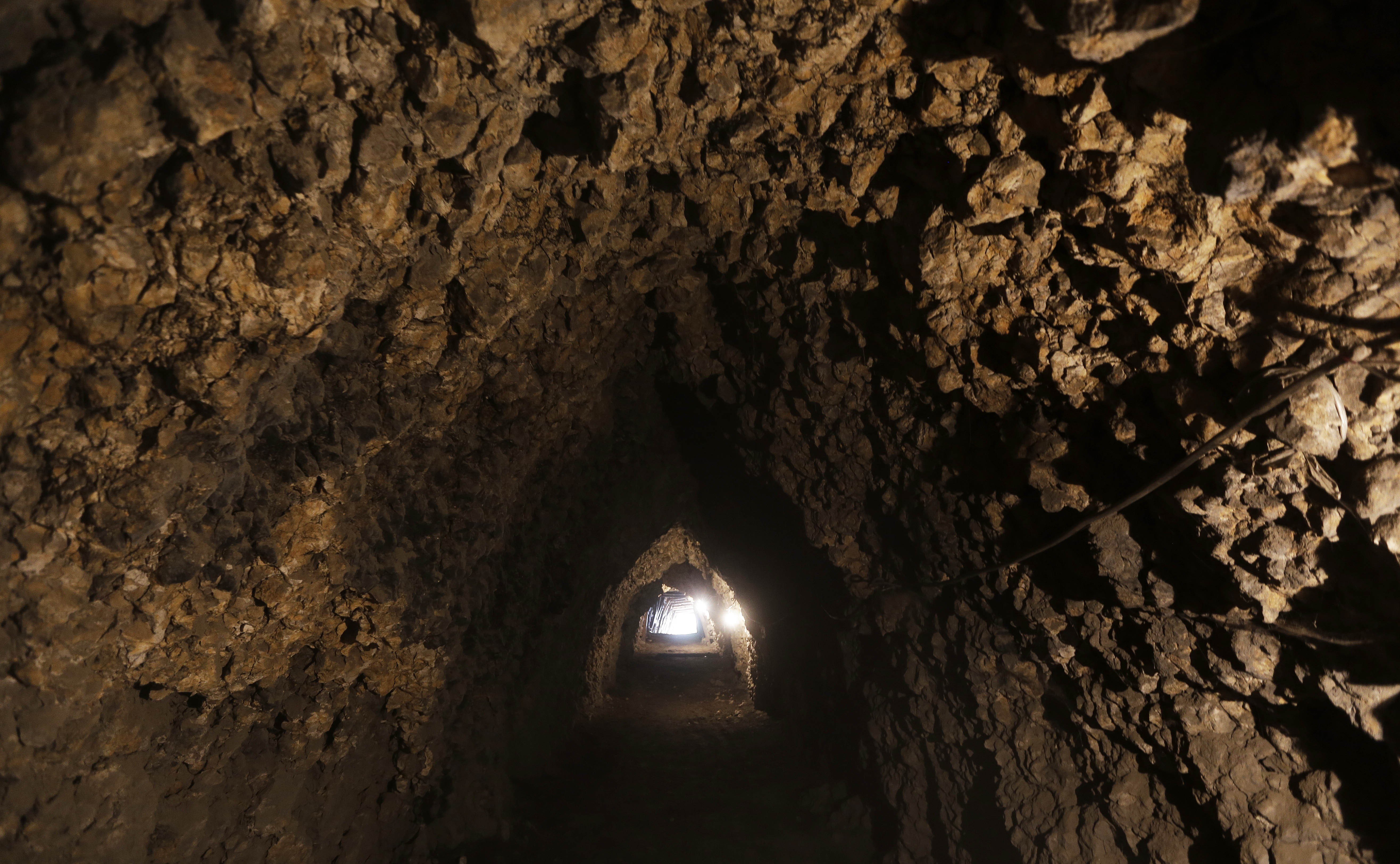
The lives and deaths of Pakistan’s beleaguered coalmine workers

The Kallar Kahar-Choa Saidan Shah road is dotted with cement factories sending giant billows of smoke into the sky. A bit further down, The Katas Raj Temple -- its sacred turquoise pond emptied of all water by the cement factories -- stands forlorn. This is the bleak landscape that leads to Choa Saidan Shah, one of the many locations across Pakistan where coal mining accidents have led to an alarming number of deaths. Currently, the Supreme Court of Pakistanis hearing two petitions on serious violations taking place within this 18-mile radius from Kallar Kahar to Choa Saidan Shah: the cement factories case where the environment is being damaged to devastating effect by Pakistan’s biggest names in cement manufacturing, and the other on coal miners who are dying here and elsewhere in the country, seemingly without a whimper.
On July 30, 2018, three coalminers died in a mine accident, two of them brothers, Amjad and Ansar, and the third their cousin, Zulfikar. The accident happened when a blower malfunctioned deep under the ground, resulting in a buildup of hazardous gases and depletion of oxygen. The brothers died on the spot while Zulfikar was rescued in an unconscious state and taken to the Mines Hospital Choa Saidan Shah, where he too passed away. The mine was closed down and a case lodged against mine owners, Messrs Dost Sung, who managed to get a stay order against paying rupees 500,000/- each for the compensation of the miners’ lives. He is still at large whereas a family, two of whose earning members died due to negligence, await redressal.
The Mines Act of 1923, updated in 1954, forms the basis of the legislation that guarantees the rights of miners in provinces across Pakistan. It is a thorough document that observes miner issues closely and makes their fair treatment compulsory under the law, looking out for their safety and general well-being. The situation on the ground, though, comes nowhere near the stipulations guaranteed by the law. Mines in Choa Saidan Shah, a city in Chakwal District of Punjab, are supposedly the safest in the country. No fatal accidents have been reported here apart from the one in July, yet even these mines are in gross violation of The Mines Act. It isn’t hard to imagine how much worse the conditions must be in Khyber Pakhtunkhwa and even more so Balochistan that forms 90 percent of the total mining accidents in the country.
A beat-up old Nissan van manufactured in 1988, belonging to the Inspectorate of Mines -- and their only vehicle for the inspection of a total of 1200 mines in Chakwal District -- takes us up to the excavation area through a jagged path that can barely be called one, just stones and dirt on an unpaved road that tosses us about for nearly twenty minutes till we reach the site. This is the road that any miner would have to be brought down on if an accident took place. It is hard to imagine what kind of emergency services such a road could be capable of providing.
The Mines Act has a provision to assure against just such an eventuality. In its Section 34 it reads, "every such length of road (whether made before or after the commencement of this Act) shall be kept free from obstructions and the floor thereof shall be kept in good repair and in such a condition that any persons or animals who use that length of road can tread it with safety and reasonable convenience." The roads that lead to the Choa Saidan Shah mines do not fulfill the above criterion.
Another part of the Act makes it compulsory to have a first-aid room on every mining site. The mine we visit has a room with a stretcher but none of the other niceties spelled out in the law, such as a signboard outside stating ‘First-Aid’, table, cupboard, four chairs, bench and a sink with running hot and cold water. There is also no means of conveyance ‘always available for the speedy and safe removal of serious cases of accidents or sickness to hospitals’, as stated in the law.
The First Aid room also needs to be placed under the charge of a qualified medical practitioner or compounder-cum-dresser who should always be readily available during working hours. This is not true for any of the three mines we visit. Not only are there no medical practitioners anywhere, there are also no rescue officers placed at these sites, as directed by the law.
Under the sanitary and health provisions of this Act, arrangements should be made at every mine to keep all the underground working places and travelling roads free from excreta. At Choa Saidan Shah donkey droppings are everywhere around the mouth of the mine and the area at large, since donkeys are used wherever there are no mechanical means of loading and carting the excavated coal.
Also read: A life not ‘mine’
While deaths still receive some coverage in the local press, the living conditions of these miners go by completely unremarked. In the living quarters we visit, there are five miners to one room, but most remarkably there is no bathroom and toilet on the premises, forcing the men to defecate in open fields. This is in gross violation of the Mines Act that stipulates having a water flushing style urinal and latrine at every mine, plus every latrine erected on the surface should be partitioned-off as to secure the privacy of the miners.
All of these violations are allowed unchecked largely because the Inspectorate of Mines is deeply understaffed. There are only two inspectors for Chakwal district, an area spanning 150 miles with 1200 operational mines.
So far no government has shown any interest in properly regulating this industry. Will the present government with its roots in Khyber Pakhtunkhwa, the province from where most mine workers hail, help in redressing matters?